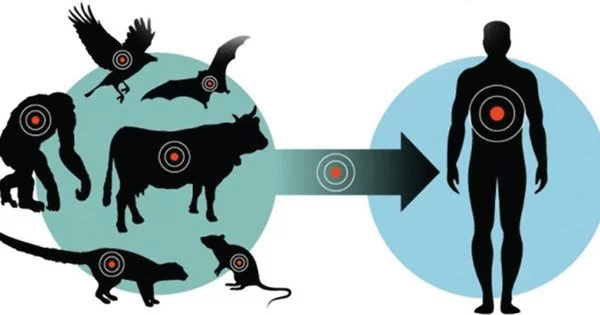Large events such as concerts, festivals, sporting events, and conferences can create an environment where infectious diseases can easily spread. This is because large events often involve close contact between many people, which can facilitate the transmission of infectious diseases through respiratory droplets, physical contact, or contact with contaminated surfaces.
People at large events may also engage in behaviors that increase the risk of spreading infectious diseases, such as standing close together, sharing food and drinks, not wearing masks, and not practicing good hygiene.
What is the typical movement pattern of visitors to large events like concerts, and what does this mean for the risk of infectious diseases like COVID-19 spreading? A team of researchers from the University of Amsterdam’s Informatics Institute and an epidemiologist from Utrecht University set out to investigate using data from events at a large stadium in Amsterdam. Their findings were recently published in the journal Nature Scientific Reports.
Following the outbreak of the COVID-19 pandemic, governments around the world responded with social distancing measures such as the cancellation of events involving large crowds. Although it is intuitively clear that crowded events pose a high level of risk for the spread of an infectious disease like COVID-19, a lot depends on how people move in crowds. Despite decades of scientific research on crowd dynamics and human mobility, little is known about human movement in the context of large, crowded events.
This shows that, if the infection probability is time-dependent, an intermittently moving but freely mixing crowd may present the highest level of transmission risk.
Philip Rutten
Intermittent pattern
As the pandemic began, a small group of Informatics Institute researchers completed their analyses of movement patterns of visitors to large sports and dance events at Amsterdam’s Johan Cruijff stadium. They investigate movement patterns in both space and time in two separate publications. The first of these two publications, compared crowd movements to typical foraging patterns that were also present in our human hunter-gatherer ancestors.
Most importantly, they discovered that people were not always on the move. People stay in one place for a while before deciding to move on, usually in one continuous effort. This leads to an intermittent pattern of movement and rest which is sometimes called ‘bursty’ in the scientific literature. This observation only comes about when people’s movements are studied over longer time spans, e.g. several hours.

Infection risks
The researchers realized that the movement patterns they had observed would have significant implications for the spread of a disease like COVID-19. They then collaborated with Utrecht University theoretical epidemiologist Hans Heesterbeek. The team’s new publication reproduces observed movement behavior in so-called random walk models, which they use to simulate the spread of an infectious disease. This second study was published in Nature Scientific Reports.
This new work exposes the perhaps counter-intuitive fact that the observed intermittent movement behaviour presents an increased level of risk compared to higher and more continuous levels of movement. One would expect that the more people move and encounter other people, the more individuals get infected. However, if the infection also needs time to be transmitted (instead of occurring instantly), the fact that people stop and spend time in proximity to each other increases the risk of infection.
“This shows that, if the infection probability is time-dependent, an intermittently moving but freely mixing crowd may present the highest level of transmission risk,” says the study’s first author, Ph.D. candidate Philip Rutten. The researchers emphasize that this type of crowd movement behavior could be seen at a variety of events, including music festivals, religious gatherings, and political rallies.
During an infectious disease outbreak, it is important to limit large events or to put in place measures to reduce the risk of transmission, such as increasing spacing between individuals, requiring masks, and encouraging frequent hand hygiene.
















